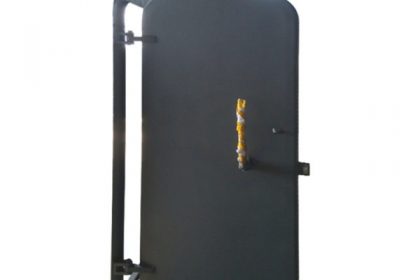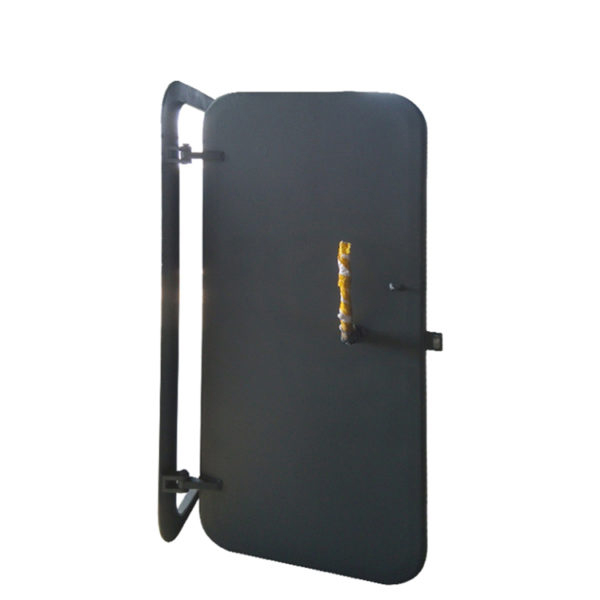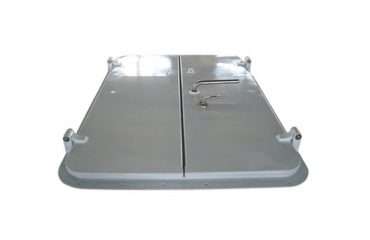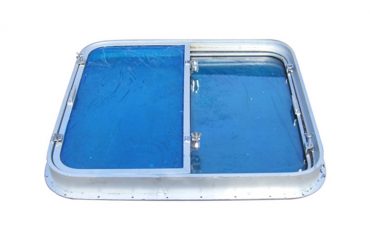

Ship doors are one of the most essential components of a marine vessel, as they are responsible for providing access and security to different compartments on board. In a marine environment, ship doors are designed with several key considerations in mind to ensure they can withstand the harsh conditions at sea.
First and foremost, ship doors are designed to be watertight and weather-resistant to protect the interior compartments of the vessel from water ingress and adverse weather conditions. This is achieved through the use of high-quality materials such as marine-grade stainless steel, aluminum, or composite materials that are resistant to corrosion and rust. Additionally, ship doors are often equipped with rubber gaskets or seals to create a tight seal when closed, preventing water from seeping through.
In addition to being watertight, ship doors are also designed to be structurally strong and able to withstand the high pressures and forces that can be exerted on them in a marine environment. This is especially important for doors located in areas that are exposed to rough seas or heavy winds, such as exterior doors on decks or bulkhead doors. Ship doors are typically reinforced with heavy-duty frames and hinges to ensure they can withstand the forces of the sea.
Another important consideration in the design of ship doors is their operation and functionality. Ship doors need to be easy to open and close, even in challenging conditions, to ensure quick access and egress in case of emergencies. To achieve this, ship doors are often equipped with robust locking mechanisms, hinges, and handles that are easy to operate and can withstand frequent use. Additionally, some ship doors may be equipped with hydraulic or pneumatic systems to assist with opening and closing, especially for larger or heavier doors.





